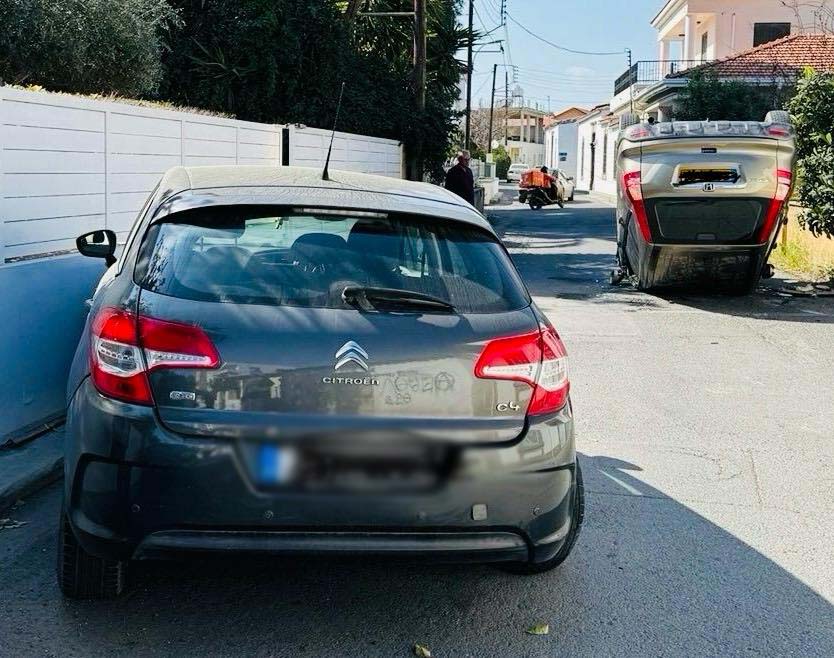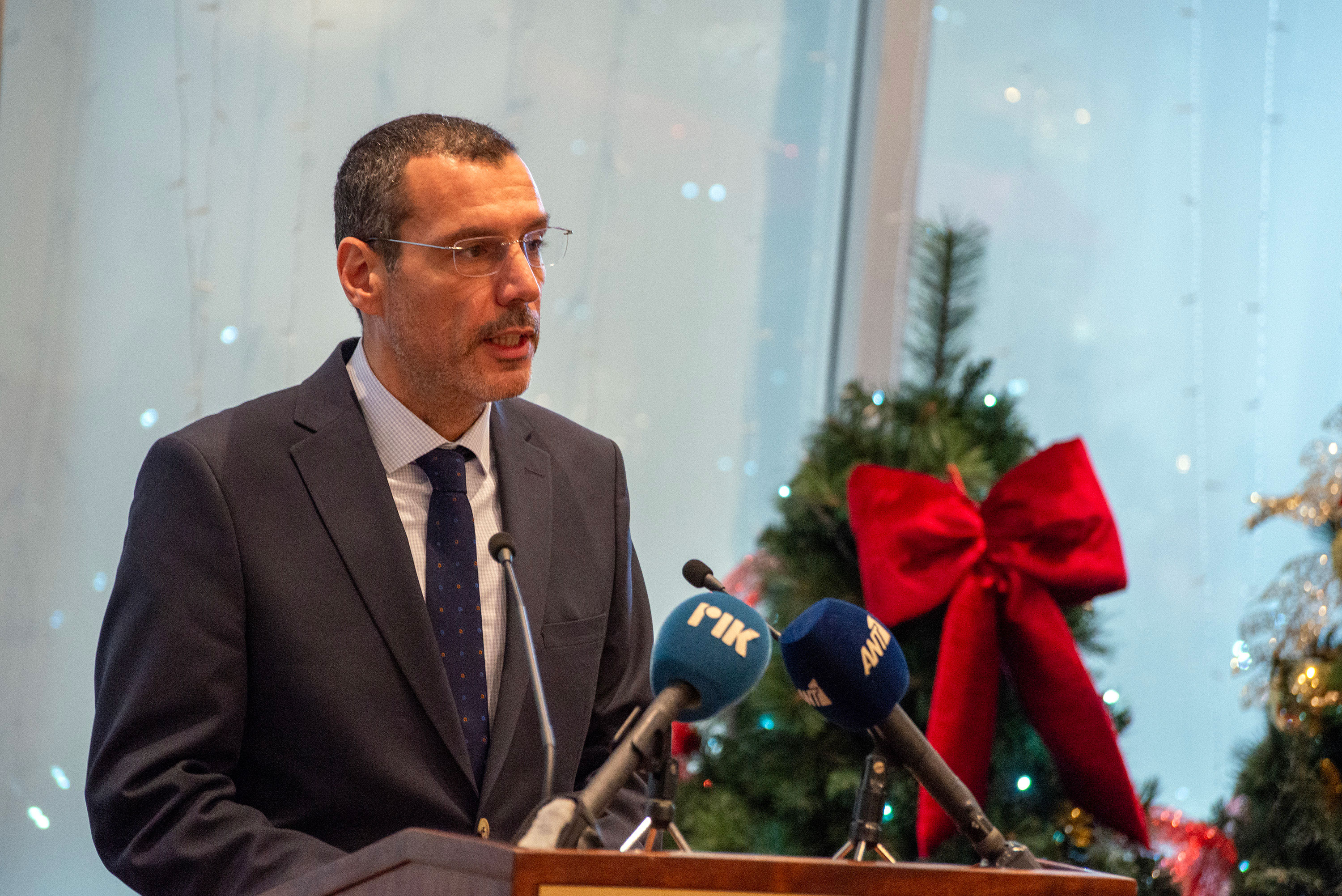By Transport Minister Alexis Vafeades
Cyprus is committed to reducing the number of fatal and serious injury car accidents. This is the primary objective of the Road Safety Council, which focuses its efforts on constructing a safe road network. It understands that better drivers will be safer drivers and relies on strict policing to ensure that drivers abide by the driving code.
Despite all our efforts, we are far from reaching the set goals. In the week before Easter four fatal accidents occurred, three people died in accidents involving motorcycles and another one was a pedestrian. So, more needs to be done despite the operation of a new driver’s school in September, which we hope will improve the driving abilities of everyone and not just drivers who have received points on their licences.
Statistics inform us that most road accidents occur within city centres, perhaps because there are more cars, frequent right-hand turns and only a few one-way streets. Lately, driving in the city seems to be more of a risk than in the past due to the use of mobile devices. Drivers are easily distracted, their attention to the road is withdrawn and few can withstand the temptation of answering the phone or catching up on social media.
This puts pedestrians, cyclists and motorcyclists at an even greater risk. Recently, a driver crashed into a car parked at the side of the road smashing it on a wall whilst the first car ended upside down in the middle of the street. The accident happened 50 metres from an elementary school and only 30 minutes before school was out. The accident fits the profile of a distracted driver. Similarly, a container truck crashed on the highway into a tanker carrying diesel and parked in the safety lane, spilling its load on the highway, closing it off for a few hours.
If distracted drivers are an emerging or even worse, a long-term phenomenon, it will put anyone using the streets at risk. This is grim since continuously policing thousands of distracted drivers is quite impossible. Reducing speed limits in areas with high pedestrian traffic and extending the 30 km/h limit to the general area around schools will be effective in limiting risks but will not eliminate them.
So further measures are necessary to physically restrict speed to a safe limit, through adjustments in the road network that will reduce lane width and introduce physical barriers that prohibit high speeds.
Considering the immense scope of work, priority will be given to areas around schools and wherever there is high pedestrian traffic. But the risk that comes with distracted drivers, who pose a risk throughout the road network, must be dealt with. There lies the challenge for the council’s road safety experts.
Alexis Vafeades is Cyprus’ minister of transport, communications and works







Click here to change your cookie preferences